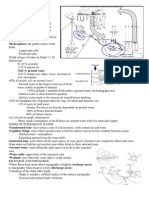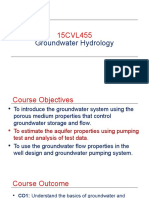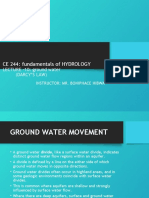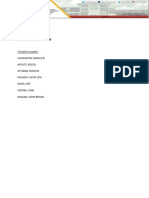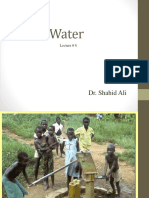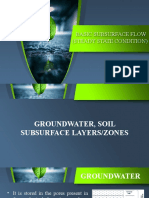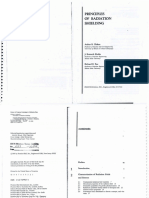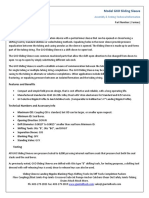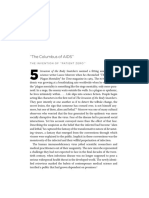0% found this document useful (0 votes)
24 views37 pagesGroundwatr Lecture Notes
The document provides an overview of groundwater hydrology, emphasizing its importance as a water resource and the challenges of groundwater depletion and contamination. Key concepts include porosity, permeability, aquifers, and groundwater flow mechanics, along with Darcy's law and the implications of groundwater withdrawal. It also discusses conservation strategies and introduces foundational terms related to groundwater systems.
Uploaded by
calvincunningham27Copyright
© © All Rights Reserved
We take content rights seriously. If you suspect this is your content, claim it here.
Available Formats
Download as PDF, TXT or read online on Scribd
0% found this document useful (0 votes)
24 views37 pagesGroundwatr Lecture Notes
The document provides an overview of groundwater hydrology, emphasizing its importance as a water resource and the challenges of groundwater depletion and contamination. Key concepts include porosity, permeability, aquifers, and groundwater flow mechanics, along with Darcy's law and the implications of groundwater withdrawal. It also discusses conservation strategies and introduces foundational terms related to groundwater systems.
Uploaded by
calvincunningham27Copyright
© © All Rights Reserved
We take content rights seriously. If you suspect this is your content, claim it here.
Available Formats
Download as PDF, TXT or read online on Scribd
/ 37











